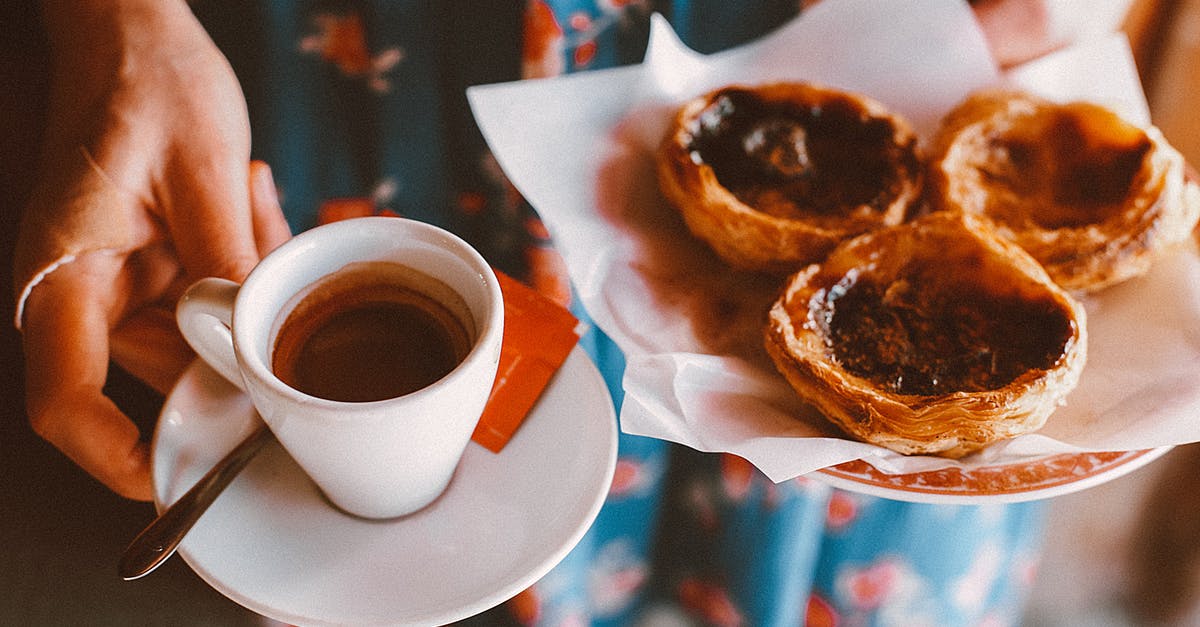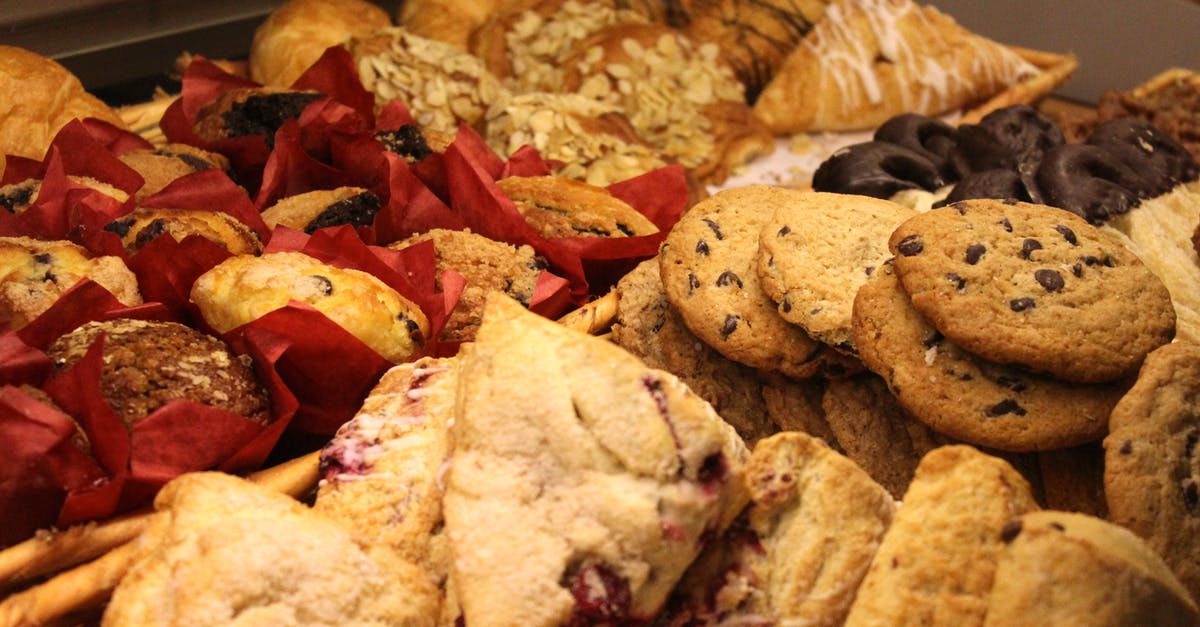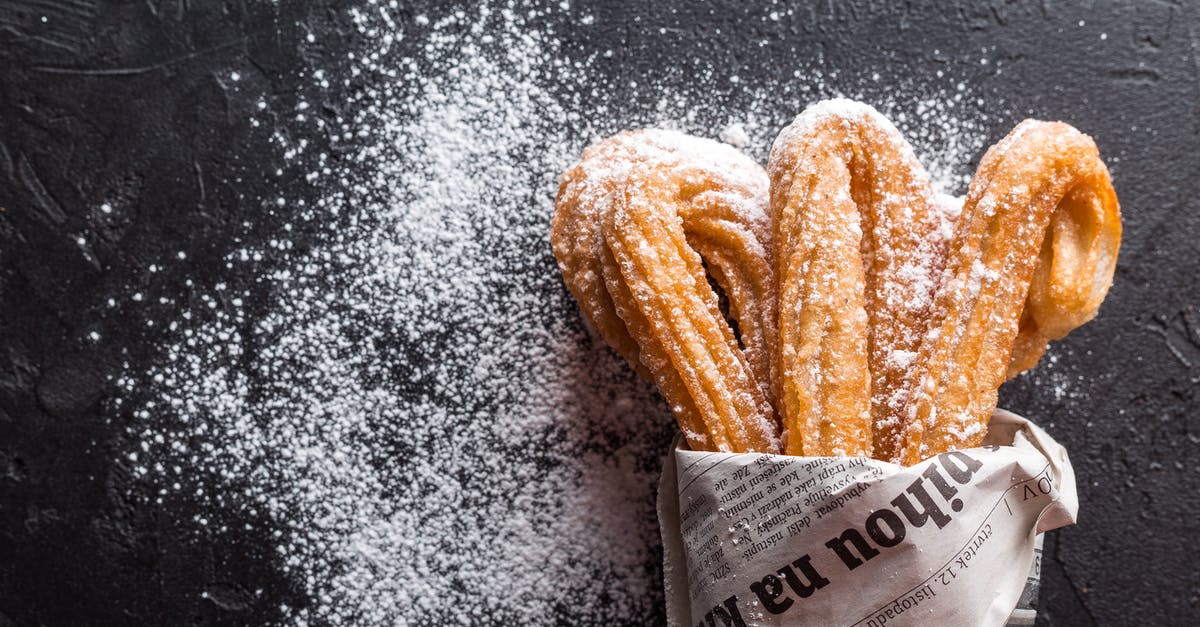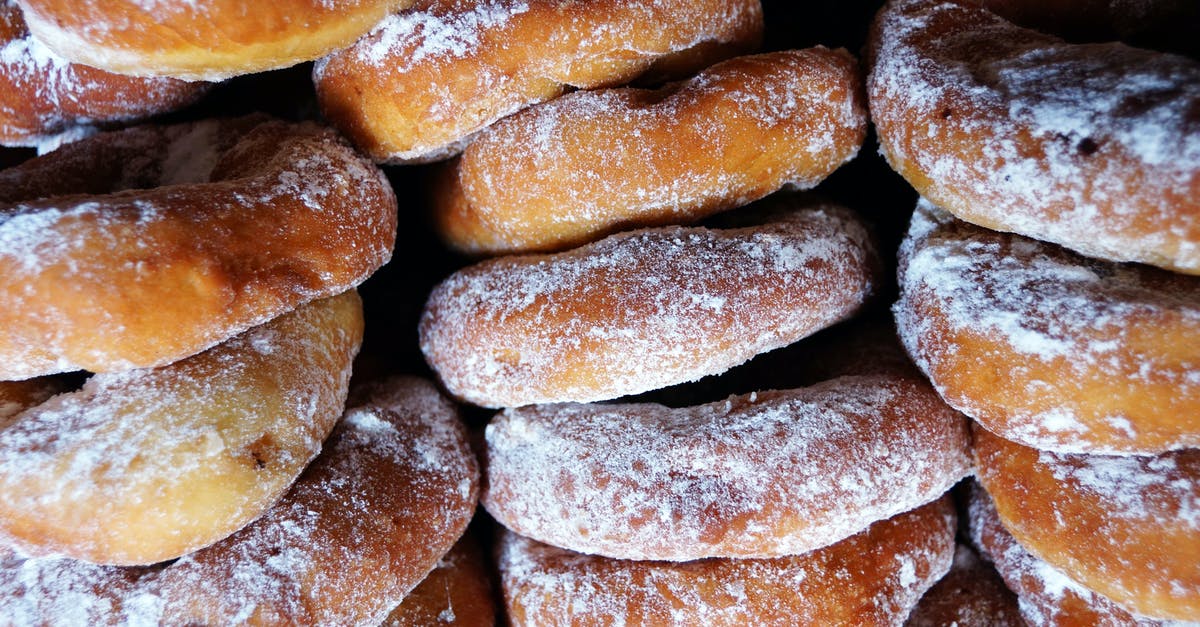How to sweeten bread without sugar

I know that sugar molecules are large and too many of them can prevent a proper gluten network from forming when making bread. What other things can be used to sweeten bread instead of sugar?
I'm thinking about trying to make some sort of dessert bread.
Best Answer
Ok, sweetening bread without changing the texture overmuch.
Most natural sweeteners - including honey, maple or agave or corn syrup, or raw, palm, date, or coconut sugars, all of that - will tend to change the texture of bread in ways similar to (even if not identical to) white sugar. Even if the texture changes aren't the same, they still exist. You can use them as part of the sweetening in your bread, as well as or instead of white sugar, but they won't "not act" like sugar does in changing the texture. You can look at the previous link to see some of the textural differences, and maybe some will be more appealing to you than others - but substituting natural sweeteners, are not recommended for trying to keep bread's texture unaltered. I would suggest looking at date sugar especially, the test recipe (a cookie) stayed firm, and didn't smooth out or change texture in baking the same way as other sweeteners did, but I don't know how it might effect a bread recipe.
One possibility is using something like stevia for a sweetener - it doesn't chemically affect the recipe much, and it also has a low bulk for the amount of sweetening it adds. For the same reason, baking blends with stevia use percentages of real sugar, because it won't give the same effects on its own. I can't tell you how much to add - it will, among other things, depend on the brand you use - but you can try some stevia powder or granules to add sweetness to your bread. You might also be able to find other herbal sweeteners like licorice root, Azetec sweet herb or Katemfe, miracle fruit or serendipity berries, and others. I have also heard of monk fruit sweetener being available recently, you might have some luck with that. Obviously, some of these sweeteners will be easier to source than others, depending on location and popularity - but you might be able to find online sources if one of them really catches your fancy and your local stores don't carry it.
Other artificial sweeteners might do as well, as long as you don't grab the brands specifically formulated to work like sugar in recipes (baking blends) - but I have less experience with these, and it will depend on your tolerances for the sweeteners in question - some can have different aftertastes or effects for some people, being bitter or saccharine, and others don't hold up very well to heating.
As a final note - if you are using herbal or artificial sweeteners, I would recommend actually sweetening your dessert bread with natural sweeteners to the extent your bread can bear (that is, until the texture change is too much), then adding artificial for the extra sweetness you want, the better to avoid off tastes or textures in your bread. Having all the sweetness provided by the artificial or herbal sweetener runs a greater risk of not having the textural changes you do want (being a little softer or more tender), or having off tastes appear from the varying tolerances or experiences people have to the specific sweetener.
Alternatively, you might try something like fruit - adding raisins is a classic way to make a dessert bread, or variations on dried fruit, fresh fruit, or fruit sauce, puree, or paste. The more available your fruit is, the more likely you will change the texture since the inherent sugars will be more mixed in, more available to your bread dough - so fruit juice rather than dried fruit will give very different results. But, in general, the sweetness can be more locked up in your fruit than interfering with your gluten formation in the dough, and release the sweetness while being eaten.
Another possibility is to segregate your sweeteners somehow. Swirl breads are one example, where the sugar (and spices) are trapped between layers of dough, not mixed in. Another way is having pockets or clumps of flavor (using pearl sugar, or chocolate chips, or something mixed in like that). The sugar interferes in gluten formation when it's running free in the dough when the gluten is developing - if it's locked in clumps somehow, or if it is added after the gluten is already formed, it can't interfere in the development. You will want to think about texture at this stage, though, having something crunchy (like pearl sugar), will give a different overall effect from something like chocolate chips, which range from cool and firm to liquid when heated, and different again from a sweet swirl, which will pull apart more and tend to be softer to the tooth because the texture differences are spread out more, not clumped.
Another possibility is sweetening the bread after it has cooled. I will assume you have thought about glazes or frosting, or brushing with syrup or dusting with powdered sugar or even serving with jam or something. However, you might also think about piercing the loaf and letting a syrup soak into the bread after it has baked (a technique I saw used for cakes, but should moisten and sweeten a bread just as well). Or injecting some kind of sweet filling in patterns - again, a cake technique, but I see no reason why it couldn't work for a sweet bread.
Pictures about "How to sweeten bread without sugar"



Can you make a sweet bread without sugar?
Sugar is not as important to the taste of bread as salt but it can certainly help enhance the taste of your bread without making it too sweet. Overall, sugar doesn't really add any valuable taste to your loaf and it's your choice whether you want to add it or not. Unless you are making an enriched dough.What can I use instead of sugar in bread?
6 Sweet Sugar Substitutes for Baking- Coconut sugar. Play video. ...
- Agave nectar or agave syrup. Play video. ...
- Fruit concentrates. Unlike fruit juice, which has added sugar, fruit concentrate is basically fruit with the water removed. ...
- Maple syrup. A natural substitute for sugar, maple syrup is derived from boiled tree sap. ...
- Molasses.
How do you make bread taste sweeter?
Sweeteners such as sugar and honey can be added to flavour bread. Honey adds both sweetness and moisture to the bread. Be sure to use a pasteurized variety of honey, as wild honey contains antibacterial properties that can harm the yeast.What happens if you make bread without sugar?
Without sugar, moisture evaporates from bread during baking, creating a drier loaf. The more sugar you cut from a sweet yeast bread recipe, the more you'll notice this effect. But omit the 2 tablespoons of sugar in your sandwich bread recipe, and the change in moisture level is subtle at most.EASIEST Bread No Sugar | Beginner Bread Recipe | 8 Min Prep Time
More answers regarding how to sweeten bread without sugar
Answer 2
First, you don't have to go without sugar. You can add up to 20 g of sugar per 100 g of flour without inhibiting gluten formation. There is a ton of dessert breads made with white sugar or honey out there, and they are very tasty. In fact, they are counted in the "cake" category in countries where they exist (the yeast->bread, batter->cake rule is typically Anglosaxonian). Many of them use enriched dough (e.g. adding milk or butter) to make the taste more reminiscent of dessert than of bread. Also, sweet fillings or dried fruit are very commonly baked in.
Second, Corriher ("Cookwise") suggests that malting the flour can give you extra sweetness. She says that, if you add the enzyme to the dough, you get a sweeter bread without texture problems, although she only has speculation on why this is so.
Of course, artificial sweeteners are also an option, if you are OK with their taste (each sweetener or combination tends to have an aftertaste detectable by some percentage of the population). You'll have to choose some - go with the pure version, not something with filler like Splenda, else the filler will give you the same inhibition as sugar does.
If you use sugar, add some more yeast and knead longer. This will give you a better texture, more comparable with traditional bread.
Sources: Stack Exchange - This article follows the attribution requirements of Stack Exchange and is licensed under CC BY-SA 3.0.
Images: Daria Shevtsova, Leigh Patrick, Pixabay, Khairul Onggon
